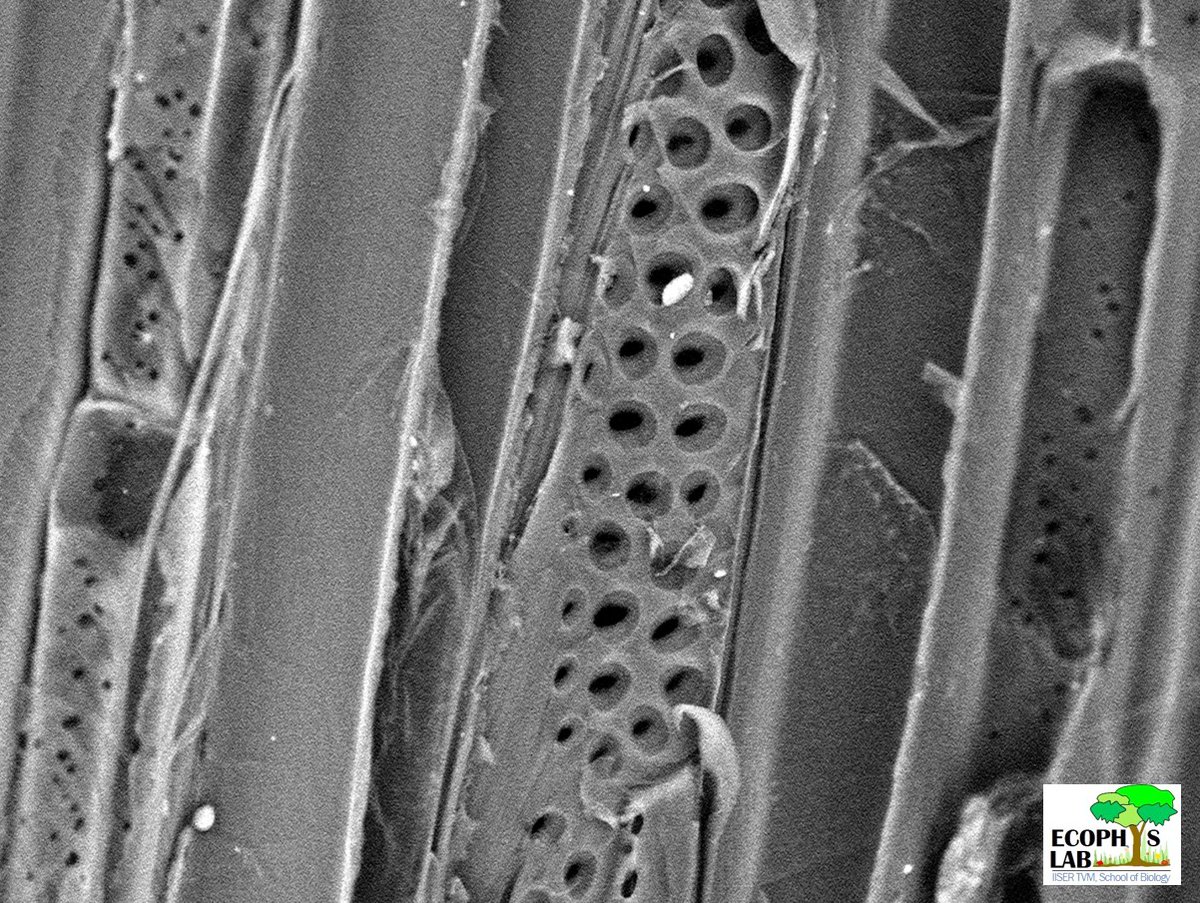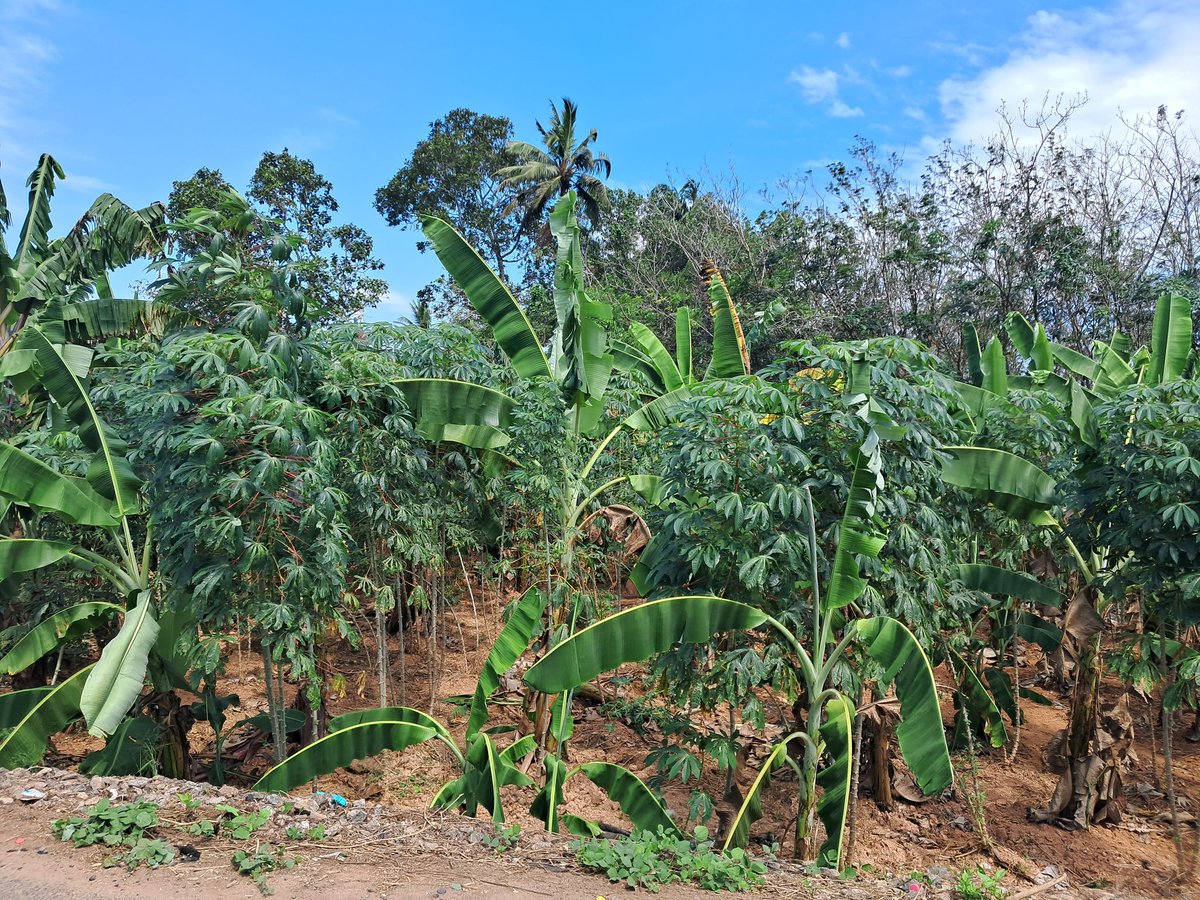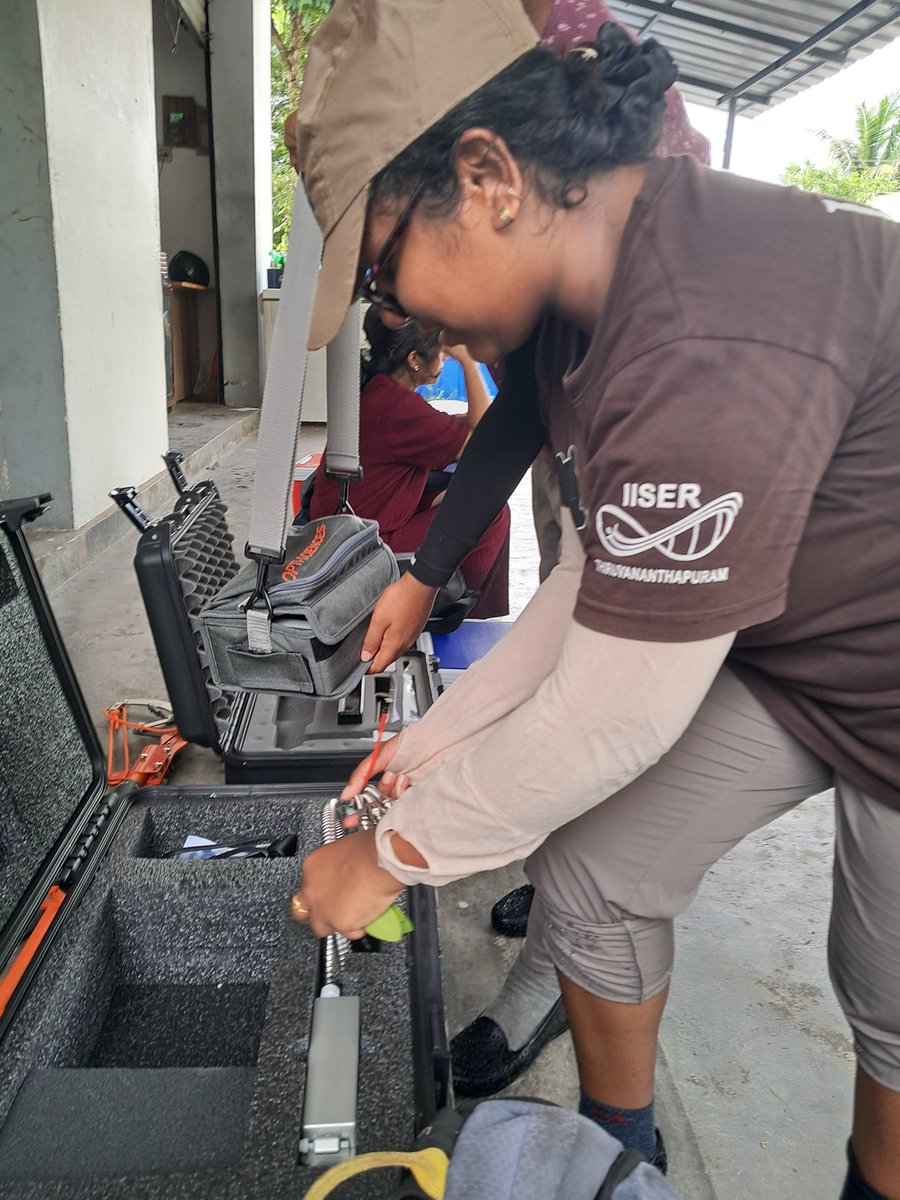
Anirban Guha
@guha_anirban18
Plant ecophysiologist. Into nature, travel, music, and artworks.
ID: 981961408807088129
05-04-2018 18:26:58
259 Tweet
274 Takipçi
329 Takip Edilen


May be this was the first tree health survey IISER Thiruvananthapuram. Last fall, we initiated this event to expose our students to tree diversity, health and biology, and their assessment methods. Students IISER Thiruvananthapuram stay tuned for more such exciting events!




Thirsty for light! Are they? We are staying tuned to learn how these small subset of groundnut plants will be doing under a new light regime IISER Thiruvananthapuram







Please join on 25th July as we explore the world of mangroves, hear success stories, learn the challenges and how innovations can turn the tide Global Wetlands Project The Connolly Lab ITMERG UWC


Dream turned reality! For years, I've envisioned using bioacoustics for conservation. Today, thanks to an incredible ₹50 Lakh kickstart from Anusandhan National Research Foundation, that vision accelerates at BVIEER, Pune ! Let's listen for ecological solutions. 🌿🔊 #Bioacoustics #ANRFIndia #DreamComeTrue

World Mangrove Day, July 26 - EcoPhys Lab IISER Thiruvananthapuram shines the spotlight on the extraordinary mangroves of India. We are so thankful to ANRF-CRG, Govt. of India to fund us for leading an exciting project on the Organismal Physiology of Mangroves.

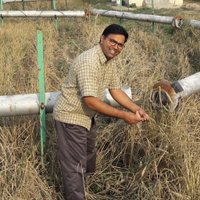
There is an opportunity for joint PhD program between IIT Madras and Deakin University Interested students may contact me by email: venkatraman(at)iitm(dot)ac(dot)in


Thrilled to announce the launch of a new undergraduate minor in Ecology, Evolution, and Behaviour (EEB) at GITAM Deemed University (Vizag)! Admissions are still open for 2025-26: apply.gitam.edu For more details check torsekar.in/ecology-evolut… Please help us spread the word!
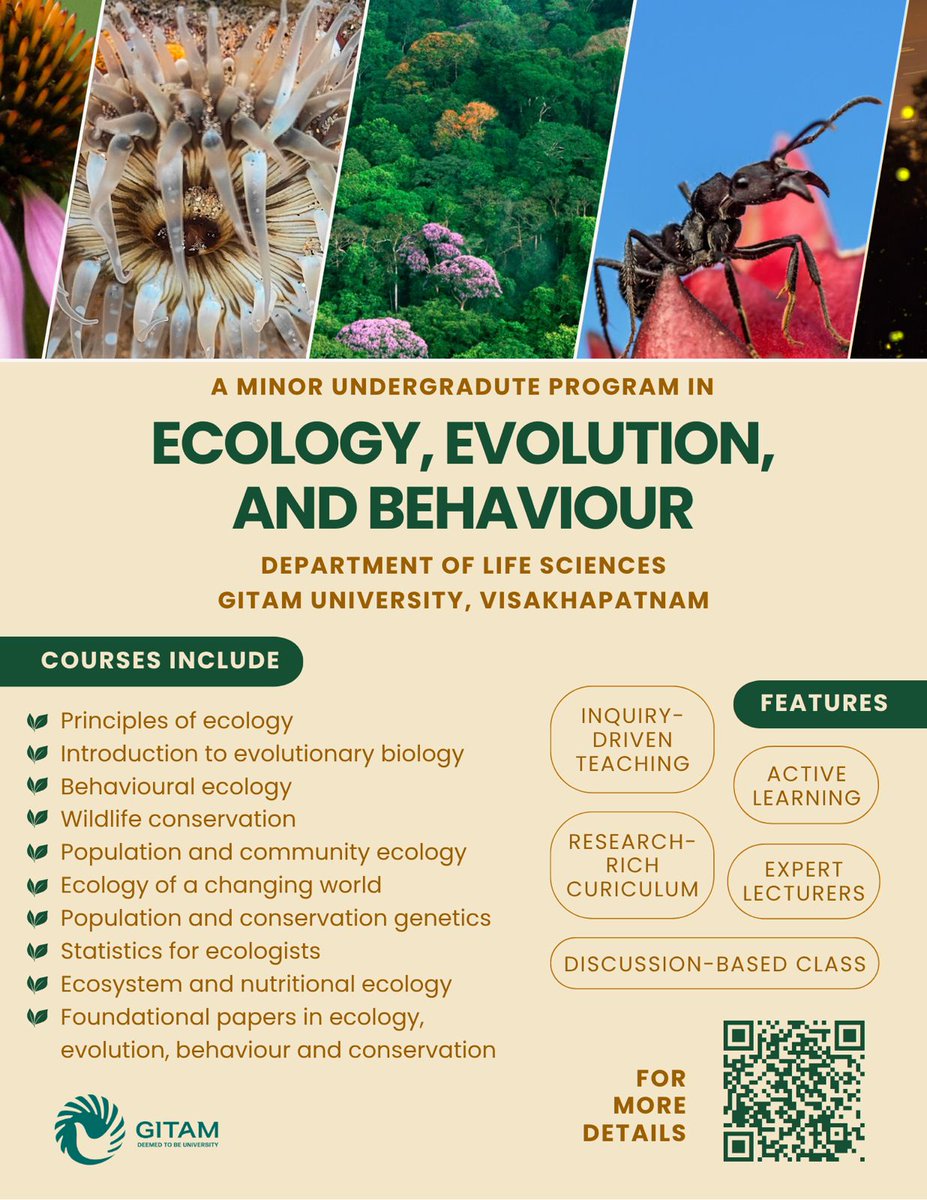


A little make over and you are good to go 😀Our new study from University of Florida-CREC Citrus Physiology lab shows how red and white kaolin can augment the growth & yield of HLB infected citrus trees. doi.org/10.21273/HORTS…





